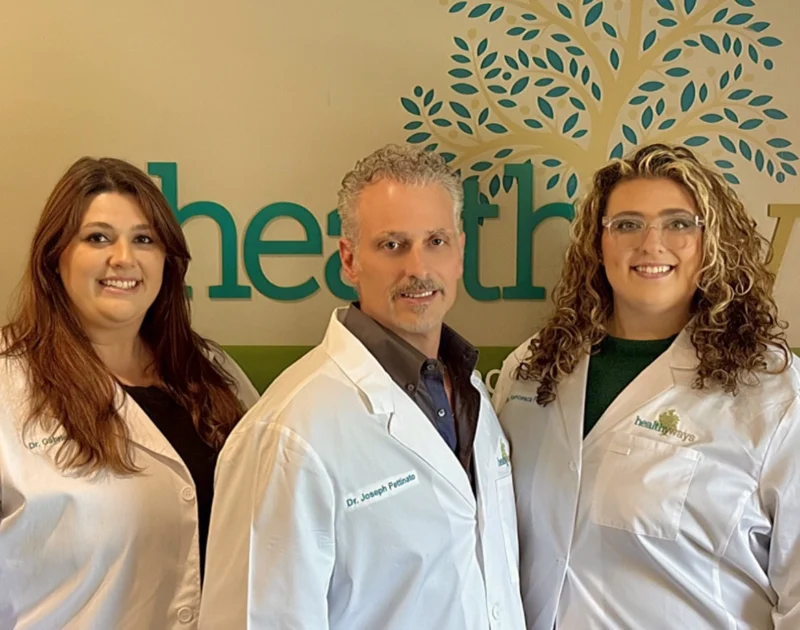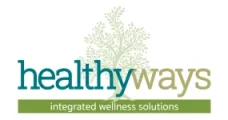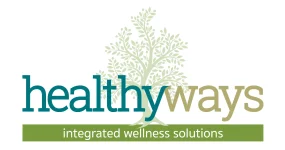
Scoliosis Treatment in Gibsonia, PA
Scoliosis is a sideways curve of the spine that usually starts during a growth spurt before puberty. In most cases, the cause is unknown, but early signs can appear as uneven shoulders or hips. At HealthyWays Integrated Wellness Solutions in Gibsonia, PA, we offer personalized scoliosis treatment using gentle, non-invasive chiropractic care that focuses on improving posture, relieving discomfort, and helping you or your child move with confidence.
We understand how scoliosis can impact daily life and self-esteem. That’s why our scoliosis specialists in Gibsonia take a whole-person approach—guiding your body toward balance, comfort, and long-term function.
What is Scoliosis?
Scoliosis is when the spine curves abnormally to the side—often in an “S” or “C” shape. Most cases begin around puberty, during a time of fast growth. While some cases are linked to conditions like cerebral palsy or muscular dystrophy, most scoliosis is “idiopathic,” meaning the cause is unknown.
This condition can affect children, teens, and even adults. When left untreated, scoliosis may worsen with age and lead to pain, fatigue, or poor posture. The good news? With early care, many people can manage scoliosis effectively—without surgery.
Signs & Symptoms
Scoliosis doesn’t always cause pain right away. That’s why it’s important to recognize the physical signs early:
- Uneven shoulders – One shoulder may appear higher or more prominent.
- Tilted or uneven waistline – Your waist might look slanted or one side more curved.
- One hip sits higher – Hips may look uneven, causing pants to fit awkwardly.
- Ribs that stick out – A rib hump can appear, especially when bending forward.
- Leaning to one side – The body may shift posture without you noticing.
Common Causes
While scoliosis often appears without a known cause, some contributing factors include:
- Adolescent growth spurts – Especially during puberty when the spine develops quickly.
- Neuromuscular conditions – Such as cerebral palsy or muscular dystrophy.
- Birth-related spinal differences – Congenital issues may lead to early spinal curves.
- Spinal injuries or infections – Past trauma may trigger postural imbalances.
- Chronic poor posture – Prolonged imbalance can sometimes worsen mild curvature.
How We Diagnose It
At HealthyWays Integrated Wellness Solutions, we begin with a detailed consultation, including a posture check and range-of-motion assessment. If scoliosis is suspected, we may:
- Observe your spine while standing and bending forward.
- Take posture and flexibility measurements.
- Refer for X-rays if needed to confirm the curve’s degree (Cobb angle).
This allows us to understand how scoliosis is affecting your body—so we can build a plan that’s right for you or your child.
Treatment Approach & What to Expect
We treat scoliosis with a conservative, personalized plan—focused on reducing spinal tension, improving posture, and helping the spine move more freely.
Your care plan may include:
- Gentle chiropractic adjustments – To realign the spine and reduce tension.
- Soft tissue therapy – To relax tight muscles supporting the curve.
- Spinal decompression (if appropriate) – To relieve pressure in curved areas.
- Targeted rehab exercises – To strengthen posture-supporting muscles.
- Home care guidance – Postural changes, stretches, and ergonomic advice.
We reassess your progress regularly and adjust the plan as needed to support long-term results. Our goal is to improve function, not force the spine into unnatural correction.
Patient Education & Self‑Care Tips
Managing scoliosis is a team effort. Here are simple things patients can do at home:
- Use a supportive chair – Choose seats with back support to avoid slouching.
- Avoid heavy backpacks – Carrying weight unevenly can increase spinal stress.
- Practice core exercises – Gentle routines can help strengthen your midsection.
- Do posture checks – A mirror or photos can help you stay aligned.
- Sleep with care – Use a firm mattress and avoid curled-up positions.
Long-Term Effects of Ignoring It
If left untreated, scoliosis may gradually worsen and lead to:
- Chronic back pain – Especially in adults with progressing curves.
- Reduced lung or heart function – Severe cases may compress internal organs.
- Mobility problems – Tight muscles and poor alignment can affect movement.
- Poor posture and self-image – Especially for teens in social settings.
- Increased wear on joints – Uneven stress may speed up joint degeneration.
Why Choose HealthyWays Integrated Wellness Solutions, PA
- Experienced providers – Our chiropractors have years of experience treating spinal conditions like scoliosis.
- Non-invasive care – No medications or surgeries—just natural, guided treatment.
- Whole-body approach – We don’t just address the spine; we focus on full-body balance.
- Patient-first education – We help you understand scoliosis and how to manage it confidently.
- Convenient Gibsonia location – Serving families across Pine, Wexford, Richland, and nearby communities.
- Advanced tools – From posture analysis to gentle spinal rehab—we tailor treatment to your needs.
Book An Appointment
Request an appointment: call (724) 201-9366 or use the online booking tool below.
Frequently Asked Questions
Can scoliosis be helped without surgery?
Yes. Most mild to moderate scoliosis cases can improve with conservative chiropractic care, rehab, and consistent posture work.
Are chiropractors in Gibsonia good for scoliosis?
Absolutely. Our team specializes in scoliosis and provides personalized care without relying on braces or surgery.
Is gymnastics bad for scoliosis?
Not necessarily. But it depends on the curve severity and supervision. We recommend evaluation before starting or continuing intensive sports.
Is scoliosis a neurological condition?
No. Scoliosis is primarily a spinal condition, though some cases stem from neurological conditions like cerebral palsy.
Can scoliosis get worse with age?
Yes. Untreated scoliosis may worsen over time, especially with age-related changes in bone and muscle strength.
What does scoliosis pain feel like?
It may feel like aching in the back, muscle tightness, or uneven pressure during movement.
Can scoliosis affect bowel movements?
Only in very severe cases. Most scoliosis doesn’t impact digestion or elimination.
Isn’t scoliosis caused by lack of calcium?
No. That’s a common myth. While bone health is important, scoliosis isn’t caused by diet alone.
Do heavy backpacks cause scoliosis?
No. They don’t cause scoliosis but may make symptoms worse or affect posture over time.
Can scoliosis affect your height?
Yes, in moderate or severe cases, a curved spine may reduce total height slightly.
Can scoliosis affect breathing?
In severe curves, especially in the upper back, it may limit chest expansion and lung function.
What organs are affected by scoliosis?
In advanced cases, lungs and heart may be slightly compressed. This is rare and usually only in severe, untreated cases.


